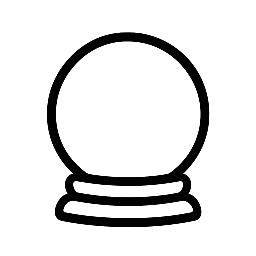Tarot reading is an ancient practice that has been used for centuries to gain insight and guidance into one’s life. The tarot deck consists of 78 cards, each with its own unique symbols, stories, and meanings. In this article, we will explore the basics of tarot reading and provide a comprehensive guide on how to interpret the symbols and stories behind each card.
Understanding the Tarot Deck
The tarot deck is divided into two main categories: the Major Arcana and the Minor Arcana. The Major Arcana consists of 22 cards that represent major life themes and transitions, while the Minor Arcana consists of 56 cards that represent everyday situations and emotions.
The Major Arcana
The Major Arcana cards are numbered from 0 to 21 and are considered to be the most influential cards in the deck. Each card represents a major life theme or transition, such as birth, death, love, and transformation. Some of the most well-known Major Arcana cards include:
- The Fool: represents new beginnings and innocence
- The Magician: represents skill and manifestation
- The High Priestess: represents intuition and wisdom
- The Death: represents transformation and change
- The Tower: represents upheaval and revelation
The Minor Arcana
The Minor Arcana cards are divided into four suits, similar to a regular playing card deck. Each suit represents a different aspect of life, such as:
- Cups: represents emotions, relationships, and intuition
- Swords: represents thoughts, communication, and logic
- Pentacles (or Coins): represents finances, material possessions, and practicality
How to Interpret Tarot Cards
Interpreting tarot cards requires a combination of intuition, knowledge, and practice. Here are some steps to follow:
- Familiarize yourself with the card: take a close look at the card and notice the symbols, colors, and imagery. Consider the card’s position in the spread and its relationship to the other cards.
- Consider the card’s meaning: look up the card’s meaning in a tarot guidebook or online resource. Consider the card’s symbolism, astrological associations, and numerical significance.
- Synthesize the information: combine the card’s meaning with your intuition and knowledge of the situation. Consider the card’s position in the spread and its relationship to the other cards.
- Trust your instincts: tarot reading is not just about memorizing card meanings, but also about trusting your instincts and inner wisdom.
Common Tarot Spreads
A tarot spread is a specific pattern of cards that is used to answer a question or gain insight into a situation. Here are some common tarot spreads:
- Three-card spread: past, present, future
- Celtic Cross spread: a comprehensive spread that explores the situation, challenges, and outcomes
- Relationship spread: explores the dynamics of a relationship
Conclusion
Tarot reading is a powerful tool for gaining insight and guidance into one’s life. By understanding the symbols and stories behind each card, you can unlock the secrets of the tarot and tap into its wisdom. Remember to trust your instincts, consider the card’s meaning, and synthesize the information to gain a deeper understanding of the situation. With practice and patience, you can become a skilled tarot reader and use the tarot to navigate life’s challenges and opportunities.


Leave a Reply